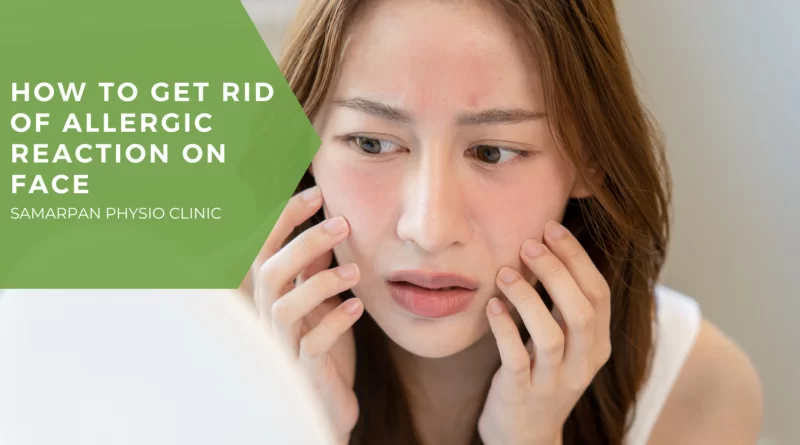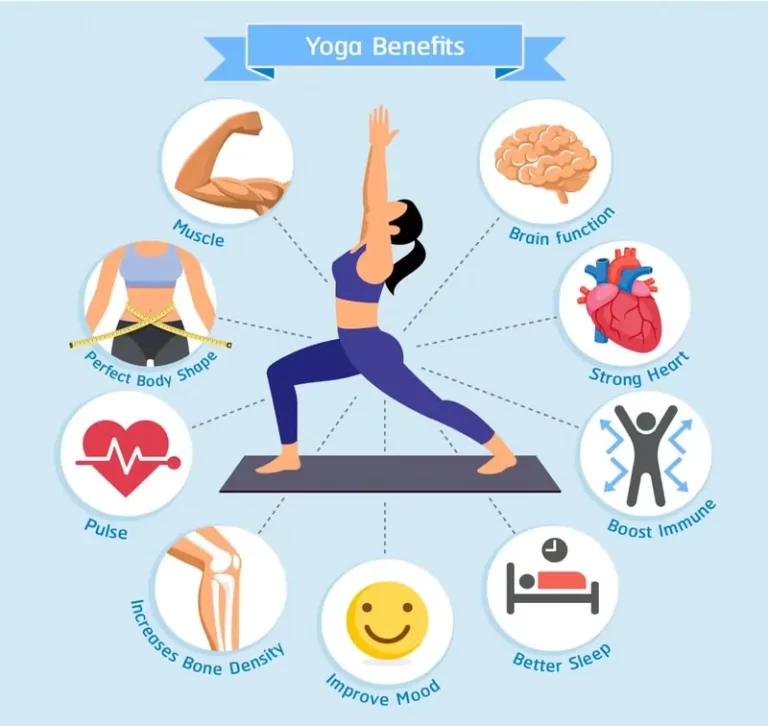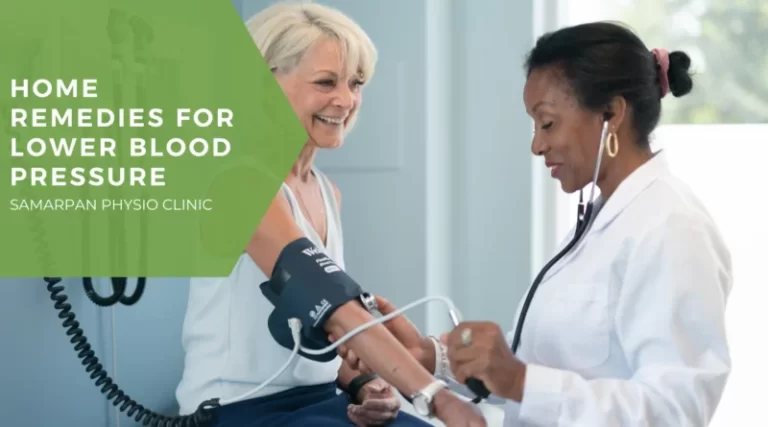How to Get Rid of Allergic Reaction on Face
An allergic reaction on your face—or any kind of irritation—from a new skincare product is bad enough. But then it comes later. How are you supposed to go on with your life with this tender red skin acting as if you owe her an apology?
Despite the shade your face may be giving you at the time, dermatologists have some tips to ease the irritation and safely reintroduce your favorite products into your daily lineup. And when you’re ready to try something new, they’ve got you covered, too.
Table of Contents
Symptoms of Allergic Reaction
The symptoms of an allergic reaction vary depending on the trigger substance, otherwise known as the allergen.
A person may develop a red rash in one area after using a face cream, while someone else who inhales the pollen may have a widespread rash.
Symptoms of an allergic reaction on the face may include:
- rash or hives
- swollen, raised areas of skin
- small, red spots on the skin
- itching, stinging, or burning sensation
- swollen lips and eyes
- swollen tongue
- red, itchy eyes
- watery eyes
- dry or cracked skin
An allergic reaction can develop within seconds or minutes, or gradually over several hours. Symptoms are usually mild, but in rare cases can cause anaphylaxis, a life-threatening condition.
Treatment of Allergic Reaction
Treatment depends on the type of allergy and the location and severity of symptoms. The main treatments include:
Antihistamines
Antihistamines can reduce the swelling, redness, and itching of facial rashes and hives. They can also help with symptoms such as watery eyes, stuffy nose, and difficulty breathing.
If a person knows they will be in contact with an allergen, they can take an antihistamine in advance to prevent or reduce an allergic reaction.
Antihistamines are available as tablets, creams, eye drops, and nasal sprays and can be purchased online.
Corticosteroids
Creams, sprays, and eye drops that contain corticosterone can help reduce inflammation. They can open the airways in the nose to help with breathing problems.
Mild corticosteroid creams are available online, while stronger creams and oral steroids usually require a prescription.
Humidifiers
Prescription emollients or over-the-counter can help moisturize dry skin and reduce itching. It also forms a film that protects against allergens. A number of rash creams are available to buy online.
Cold compress
A cool, damp washcloth can relieve itching and reduce inflammation. They can be placed on the skin whenever necessary to relieve discomfort.
Immunotherapy
For severe or persistent allergies, the doctor may recommend immunotherapy. Here, a person is gradually exposed to an increasing dose of the allergen for up to 3 years, so that the body gets used to it. This might reduce the duration and severity of symptoms.
Prevention of Allergic Reactions
A reaction like this can be challenging on both your skin and your state of mind, especially if you’re not entirely sure what caused it. If you develop contact dermatitis—irritant or allergic—and you’re not sure where it’s coming from, talk to your dermatologist. They’ll likely advise you to take a break from your skincare and makeup products for a while and add back just a few products that are unlikely to cause problems, such as a basic cleanser and moisturizer, to allow the skin to heal without potentially adding on. in more irritating matters. Our experts recommend staying with proven gentle brands like Cetaphil, CeraVe, and Vanicream during this sensitive period.
Your dermatologist can also set you up for patch testing in their office to try to figure out which ingredient you’re allergic to.
Once the reaction calms down a bit and [your] skin is clear for a few weeks, you can start reintroducing one product a week to find out what’s causing the allergic reaction. Some common culprits include fragrances, preservatives, and botanicals. From there, it will be important to read the packaging of any new product you try and test it on the inside of your arm before putting it on your face to make sure you don’t experience a reaction.
If it’s an irritation rather than an allergic reaction, your next steps really depend on the product. Some products, like acne treatment and anti-aging, are known to cause multiple reactions, so you may need to reintroduce them into your regimen gradually and in smaller amounts, as SELF previously explained. For example, you can only use something like a retinoid a few days a week.
But for some people, these types of products are too harsh, and will need to talk to a dermatologist about their other options.
Diagnosis
A person should consult a doctor if they have recurring, severe, or worsening allergic reactions. The doctor will examine the symptoms and take a medical history, including family history and other allergic conditions.
If the allergy is severe or the cause is unknown, it may be necessary for the doctor to refer someone to a specialist ambulance. Possible allergy tests include:
- skin prick testing
- blood tests
- patch testing
- elimination diet
- challenge testing
Allergies are also more common in people who have:
- other allergic conditions such as eczema or asthma
- family history of allergies or allergic conditions







